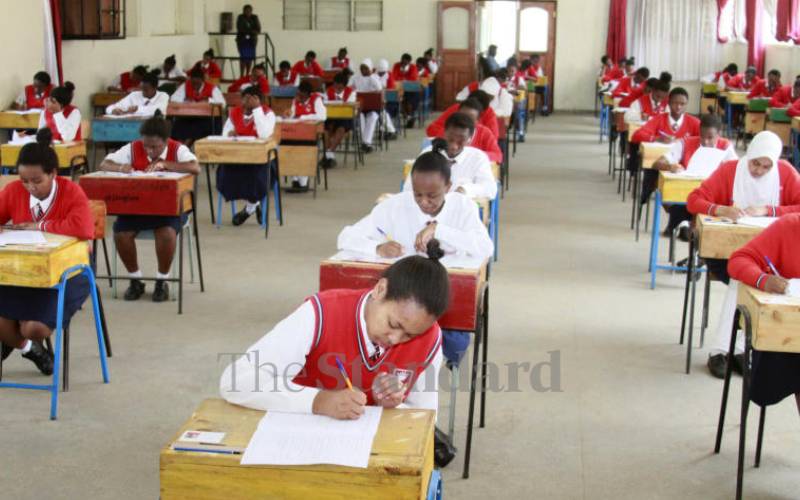×
The Standard e-Paper
Truth Without Fear

Ngara Girls' KCSE candidates, 2019. [Boniface Okendo, Standard]
Time is running out for the more than 800, 000 KCSE candidates sitting the examination to select courses they wish to study in universities and colleges.